| Product Name | Tau Protein | |||||||||||||||||||||||||||||||||||||||||||||||||||||||||||||||||||||||||||||||||||||||||||||||||||||||||||||||||||||
| Description |
Human Recombinant Tau-441 (2N4R) P301S Mutant Protein Pre-formed Fibrils: ATTO 488 |
|||||||||||||||||||||||||||||||||||||||||||||||||||||||||||||||||||||||||||||||||||||||||||||||||||||||||||||||||||||
| Applications | WB, SDS-PAGE, In vivo assay, In vitro assay | |||||||||||||||||||||||||||||||||||||||||||||||||||||||||||||||||||||||||||||||||||||||||||||||||||||||||||||||||||||
| Concentration | Lot/batch specific. See included datasheet. | |||||||||||||||||||||||||||||||||||||||||||||||||||||||||||||||||||||||||||||||||||||||||||||||||||||||||||||||||||||
| Conjugates |
ATTO 488
StreptavidinProperties:
Biotin
|
|||||||||||||||||||||||||||||||||||||||||||||||||||||||||||||||||||||||||||||||||||||||||||||||||||||||||||||||||||||
| R-PE (R-Phycoerythrin) | ||
| Overview: |  |
Optical Properties:
λex = 565 nm λem = 575 nm εmax = 2.0×106 Φf = 0.84 Brightness = 1.68 x 103 Laser = 488 to 561 nm Filter set = TRITC |
Properties
| Storage Buffer | PBS pH7.4, 0.09% Azide |
| Storage Temperature | -80ºC |
| Shipping Temperature | Dry Ice. Shipping note: Product will be shipped separately from other products purchased in the same order. |
| Purification | Ion-exchange Purified |
| Cite This Product | Human Recombinant Tau Protein (StressMarq Biosciences Inc., Victoria BC CANADA, Catalog #SPR-329-A488 ) |
| Certificate of Analysis | Thioflavin T emission curve shows increased fluorescence (correlated to tau protein fibrillation) when active tau PFFs:ATTO-488 are combined with active tau monomers. Passed sterility test (OD600 equivlaent to negative control (dH20) after 139 hr incubation at 37C, 200 rpm in rich medium) |
| Other Relevant Information | For best results, sonicate immediately prior to use. Refer to the Neurodegenerative Protein Handling Instructions on our website, or the product datasheet for further information. Monomer source is catalog# SPR-327. |
Biological Description
| Alternative Names | Tau PFFs, Tau PFF, Tau protein Pre-formed Fibrils, Tau aggregates, microtubule-associated protein Tau, MAPT, MAP, microtubule-associated protein, Paired Helical Filament-Tau, Phf-Tau, Neurofibrillary Tangle Protein, G Protein Beta1/Gamma2 Subunit-Interacting Factor 1, Isoform 4, tubulin-associated unit, mouse Tau protein, P301S mutant Tau, 2N4R Tau, Tau441, fluorescent Tau fibrils, ATTO 488 conjugated Tau, ATTO labelled Tau fibrils |
| Research Areas | Alzheimer's Disease, Axon Markers, Cell Markers, Cell Signaling, Cytoskeleton, Microtubules, MT Associated Proteins, Neurodegeneration, Neuron Markers, Neuroscience, Tangles & Tau |
| Cellular Localization | Axolemma, Axolemma Plasma Membrane, Axon, Cell Body, Cell membrane, Cytoplasm, Cytoplasmic Ribonucleoprotein Granule, Cytoplasmic Side, Cytoskeleton, Cytosol, Dendrite, Growth cone, Microtubule, Microtubule Associated Complex, Neurofibrillary Tangle, Neuronal Cell Body, Nuclear Periphery, Nuclear Speck, Nucleus, Peripheral membrane protein, Plasma Membrane, Tubulin Complex |
| Accession Number | NP_005901.2 |
| Gene ID | 4137 |
| Swiss Prot | P10636 |
| Scientific Background | Alzheimer’s Disease (AD) is the most common neurodegenerative disease, affecting 10% of seniors over the age of 65 (1). It was named after Alois Alzheimer, a German scientist who discovered tangled bundles of fibrils where neurons had once been in the brain of a deceased patient in 1907 (2). Tau (tubulin-associated unit) is normally located in the axons of neurons where it stabilizes microtubules. Tauopathies such as AD are characterized by neurofibrillary tangles containing hyperphosphorylated tau fibrils (3). There are six isoforms of tau in the adult human brain: three with four repeat units (4R) and three with three repeat units (3R) (4). 2N4R, or Tau-441 is the full length tau protein. P301S is a mutation encoded by exon 10 (4) that impairs the ability of tau to assemble microtubules (5). |
| References |
1. www.alz.org/alzheimers-dementia/facts-figures 2. Alzheimer, A. Über eine eigenartige Erkrankung der Hirnrinde. Allg. Z. Psychiatr. Psych.-Gerichtl. Med. 64, 146–148 (1907) 3. Matsumoto, G. et al. (2018). Int J Mol Sci. 19, 1497. 4. Goedert, M. and Spillantini, M. G. (2017). Mol Brain. 10:18. 5. Bugiani, O. et al. (1999). J Neuropathol Exp Neurol. 58(6):667-77. |
Product Images
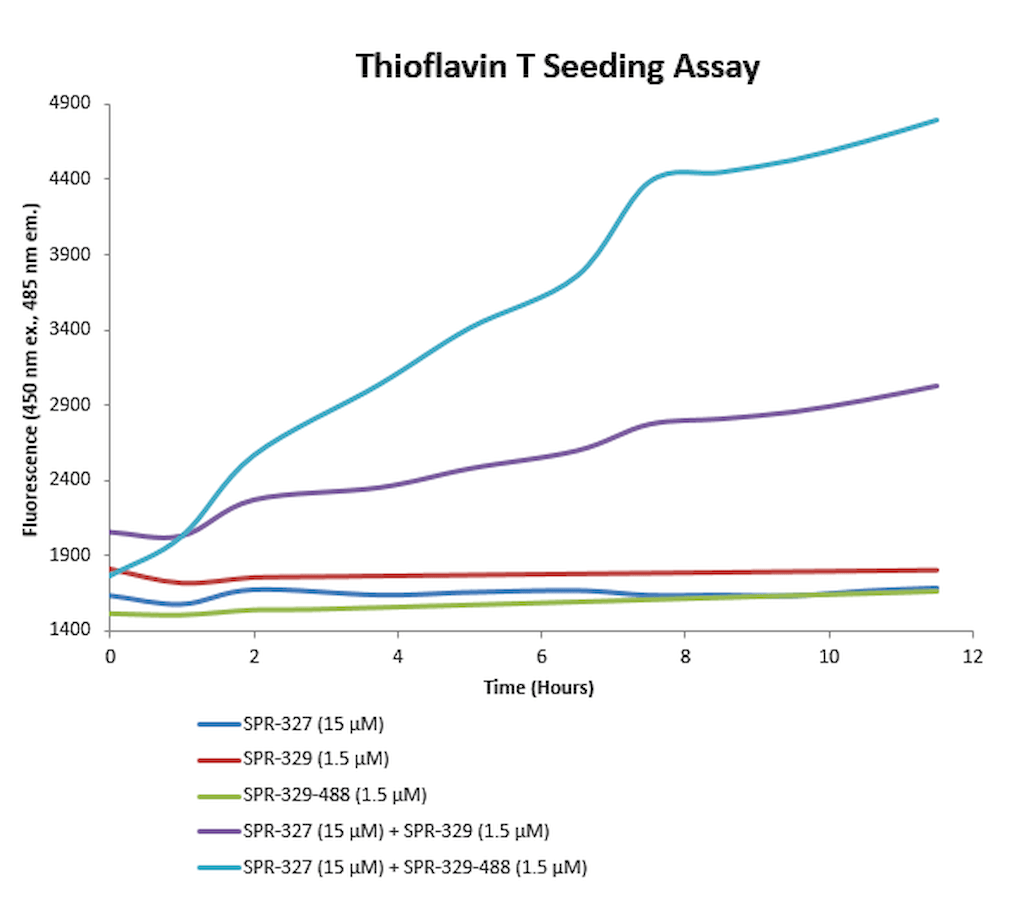
Thioflavin T is a fluorescent dye that binds to beta-sheet rich structures, such as those in tau fibrils. When ATTO488-conjugated tau fibrils are combined with tau monomers, they show increased seeding compared to unconjugated tau fibrils combined with tau monomers. Plate Used: HTRF 96-well low volume white plate (Cisbio). Reaction Volume: 15 uL

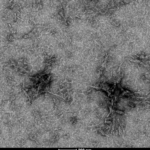
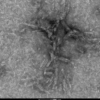
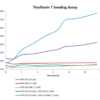



















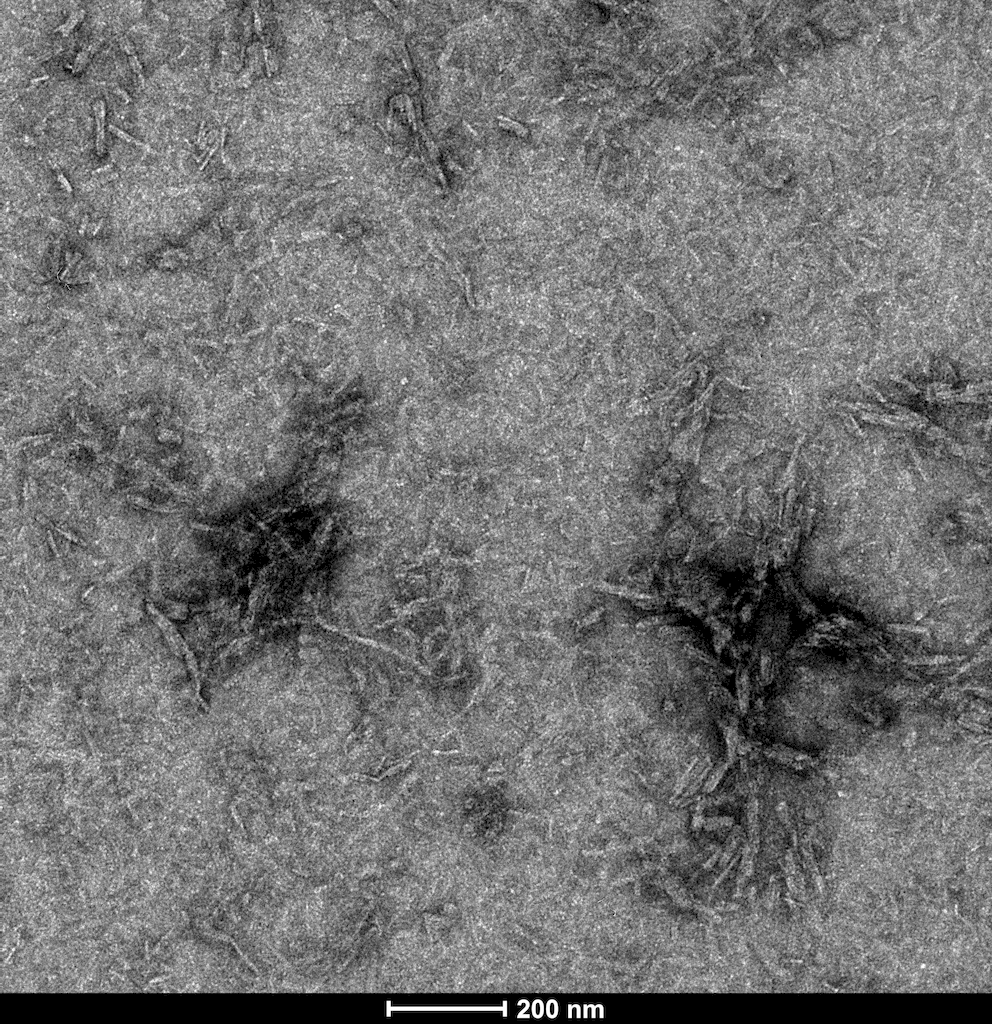
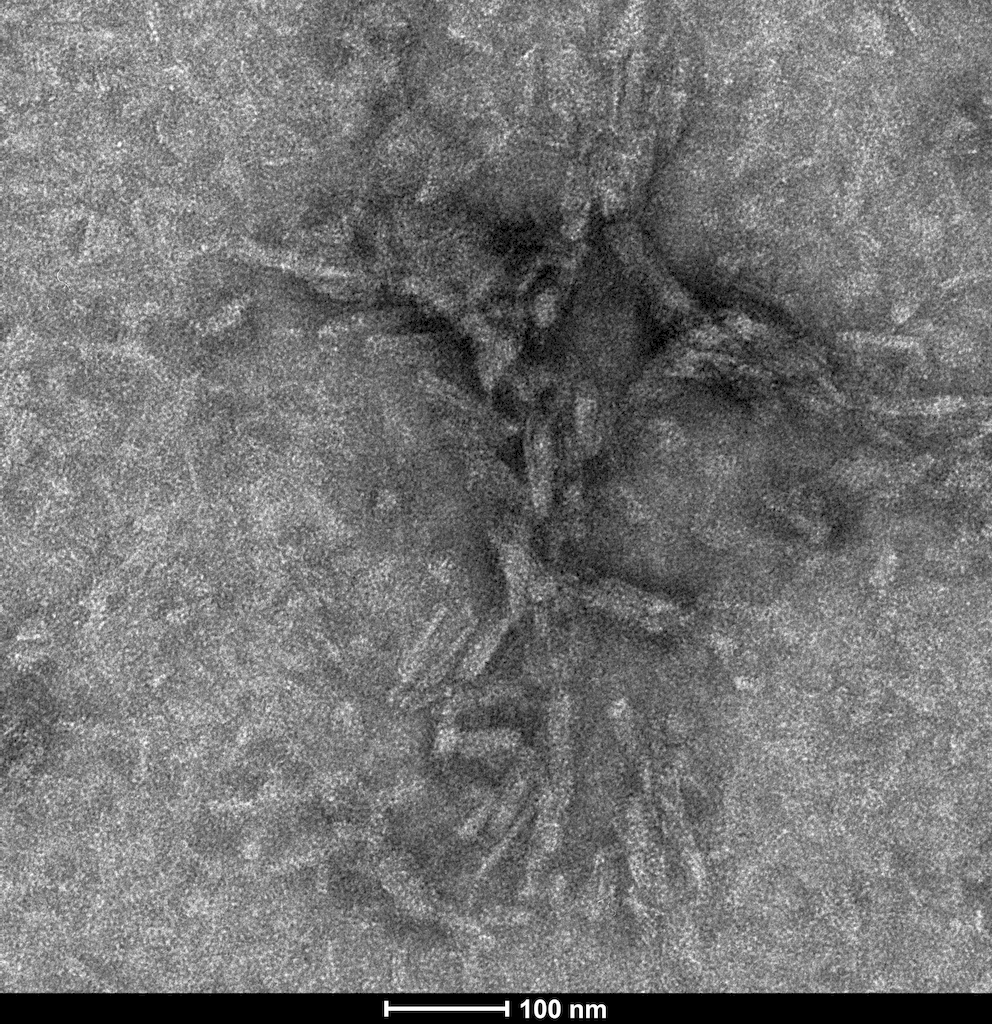
StressMarq Biosciences :
Based on validation through cited publications.